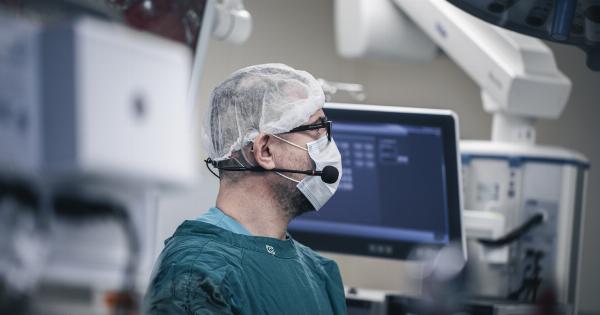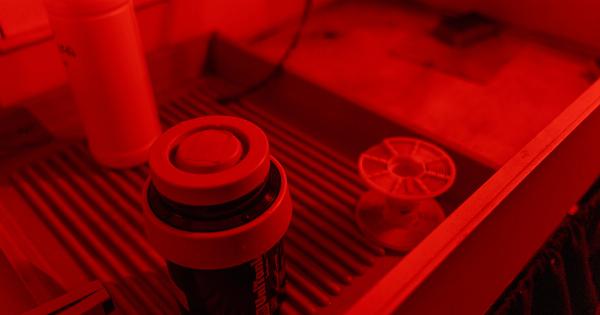Heart valve disease is a condition that can affect individuals of all ages, including children. In children, heart valve disease can be present at birth or acquired due to conditions such as rheumatic fever or infective endocarditis.
Treatment for heart valve disease in children typically requires surgical intervention, and advancements in heart valve technology have significantly improved treatment outcomes in recent years. In this article, we will explore some of the latest innovations in heart valve technology for children.
Transcatheter Pulmonary Valve Replacement
Transcatheter pulmonary valve replacement, or TPVR, is a minimally invasive procedure that offers a less-invasive alternative to open-heart surgery for children with pulmonary valve disease.
During TPVR, a catheter is inserted into the femoral vein in the groin and guided to the heart. Once in place, a replacement valve is implanted in the pulmonary artery. This procedure offers several benefits, including reduced surgical trauma, faster recovery time, and a reduced risk of infection.
Melody Valve
The Melody valve is a specific type of TPVR valve that is designed specifically for children. The valve is made of a bovine jugular vein and is mounted inside a platinum-iridium frame.
The Melody valve offers unique advantages for pediatric patients, including the ability to be expanded as the child grows, reducing the need for additional surgeries to replace the valve in the future.
Sapien Transcatheter Heart Valve
The Sapien transcatheter heart valve is a minimally invasive heart valve replacement option that is approved for use in adults.
However, recent studies have shown that the valve can also be used safely and effectively in children with severe aortic stenosis. The valve is implanted using a catheter and provides an alternative to open-heart surgery for children who are too sick or too high-risk for traditional surgical intervention.
Mechanical Heart Valves
Mechanical heart valves are made of durable materials such as titanium and carbon and are designed to last longer than biological valves.
While mechanical valves have been used for many years in adults, they have only recently been approved for use in children. Mechanical valves offer several benefits, including longevity and durability. However, there are also some disadvantages to mechanical valves, including an increased risk of blood clots, which can lead to stroke or other complications.
Biological Heart Valves
Biological heart valves are made from materials such as animal tissue, and unlike mechanical valves, they do not require long-term anticoagulation therapy.
Biological valves have traditionally been used in children due to their ability to grow and adapt with the child’s body. However, they typically have a shorter lifespan than mechanical valves and may require replacement in the future.
Tissue Engineered Heart Valves
Tissue engineered heart valves (TEHV) are a relatively new development in heart valve technology. These valves are created using stem cells that are grown on a scaffold. The scaffold is then removed, leaving behind a living, functional heart valve.
TEHV technology shows great promise for the treatment of heart valve disease in children, as they have the potential to grow and adapt with the child’s body and do not require long-term anticoagulation therapy. However, TEHV technology is still in the early stages of development and has not yet been approved for clinical use.
3D Printing
3D printing is a promising technology for the manufacture of customized heart valves. Using 3D printing, heart valves can be manufactured to exact specifications, which can reduce the risk of complications during surgery.
Additionally, 3D-printed heart valves can be created using biocompatible materials, reducing the risk of rejection following implantation. While 3D printing technology is still in the early stages of development, it shows great promise for the future of heart valve replacement.
Hybrid Procedures
Hybrid procedures combine surgical and minimally invasive techniques to create a tailored treatment plan for children with heart valve disease.
During a hybrid procedure, a surgeon performs the surgical portion of the procedure, while a cardiologist performs the minimally invasive portion. Hybrid procedures have been shown to offer several benefits, including reduced surgical trauma and faster recovery times.
Additionally, hybrid procedures have been used successfully in children with complex heart valve disease who would not be candidates for traditional surgical intervention.
Percutaneous Mitral Valve Repair
Percutaneous mitral valve repair, or PMVR, is a minimally invasive procedure that can be used to treat children with mitral valve disease. During PMVR, a catheter is inserted into the femoral vein in the groin and guided to the heart.
Once in place, the catheter is used to repair the mitral valve, reducing the severity of the disease. PMVR is less invasive than traditional surgical intervention and can significantly improve outcomes for children with mitral valve disease.
Conclusion
Advancements in heart valve technology have significantly improved treatment outcomes for children with heart valve disease.
From minimally invasive procedures to tissue-engineered heart valves, there are many options available to children and their families. By working closely with their healthcare team, families can make informed decisions about their child’s treatment plan and achieve the best possible outcomes.






























